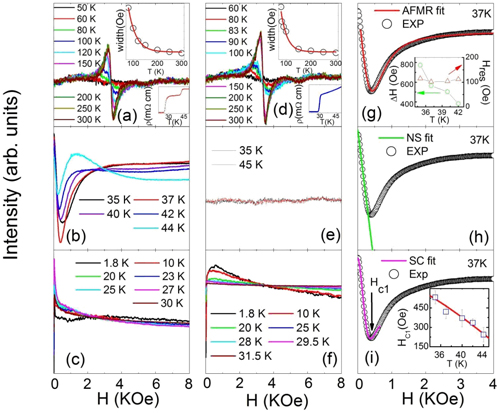Superconductivity is always the frontier of scientific researches. The discovery of iron-based superconductor has been starting a fresh wave on this field since 2008. Due to its nontoxity and simple crystal structure, as one of the family members, FeSe-base superconductors attracted many interests.
However, some of the available samples are small in size, which make the measurement on superconductivity and structure difficult. Scientists in Renmin University of China incorporating with the researchers in CHMFL and Institute of Solid State Physics, CAS, successfully defined a new 44K KFeSe superconductor phase by using variable temperature measurements of Electron spin resonance (ESR), resistance, susceptibility, Raman scattering, X-ray, SEM-EDS and combining with first principle calculations. Scientists concluded that TC increases with enlarging the distance between FeSe layer in FeSe-based superconductors. The results was published in Scientific Reports (2013, 3:1216), a new journal by Nature Publisher.
In this research, ESR method is especially employed for its high sensitive to superconductivity. With the careful analysis of the ESR spectra between 35K and 44K, the new 44K-superconductor phase was certified, and Hc1 was obtained, too. Meantime, the temperature dependence of ESR linewidth reflects the evolution of antiferromagnetic (AFM) fluctuations.

ESR spectra of 44K-superconductor phase (left); ESR spectra of 30K-superconductor phase only (middle); Fitting with different models (right).
CONTACT:
Dr. TONG Wei
High Magnetic Field Laboratory, Chinese Academy of Sciences
Email: weitong@hmfl.ac.cn
Relative Links:
Superconductivity at 44 K in K intercalated FeSe system with excess Fe
(http://www.nature.com/srep/2013/130205/srep01216/full/srep01216.html )
